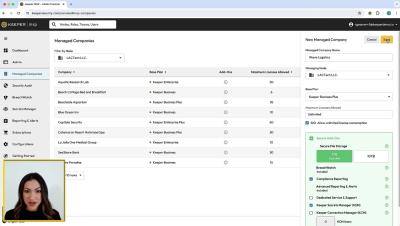The Benefits of Passwordless Authentication
Many organizations are planning to adopt passwordless authentication or are already in the process of doing so. Passwordless authentication has many benefits such as being more secure than traditional passwords, providing a better user experience, reducing helpdesk costs and enhancing productivity. Continue reading to learn more about the benefits of implementing passwordless authentication in your organization and how Keeper helps with its implementation.

























